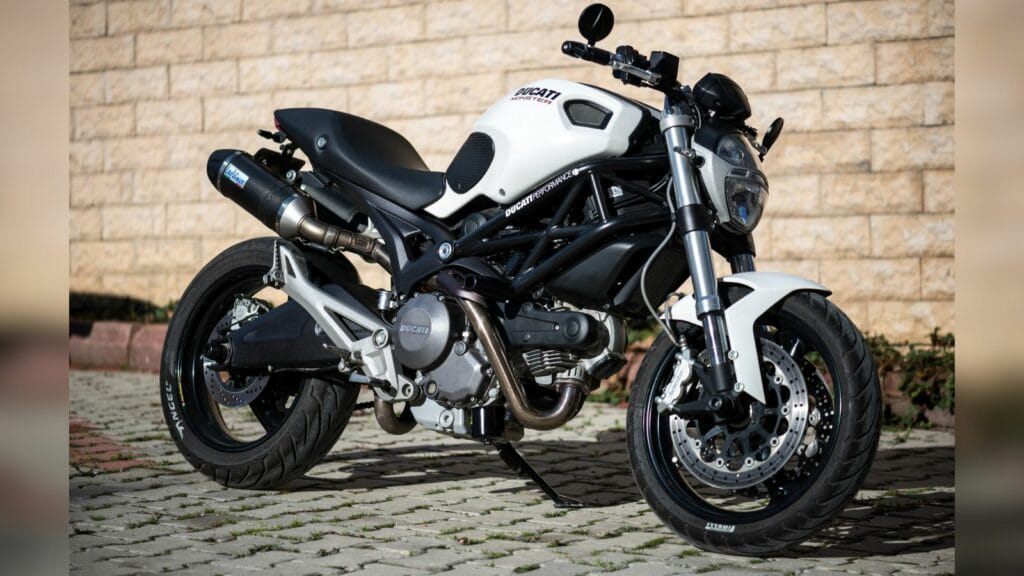Motorcycle engines are as varied as the riders who love them. Each design has its strengths, weaknesses, quirks, and fan base. Some are legendary for their performance or bulletproof reliability. Others are remembered for their unique sound, feel, or—let’s be honest—mechanical headaches. Here’s a definitive ranking of the major motorcycle engine types, from the roughest rides to the mechanical royalty.
14. Single-Cylinder Air-Cooled
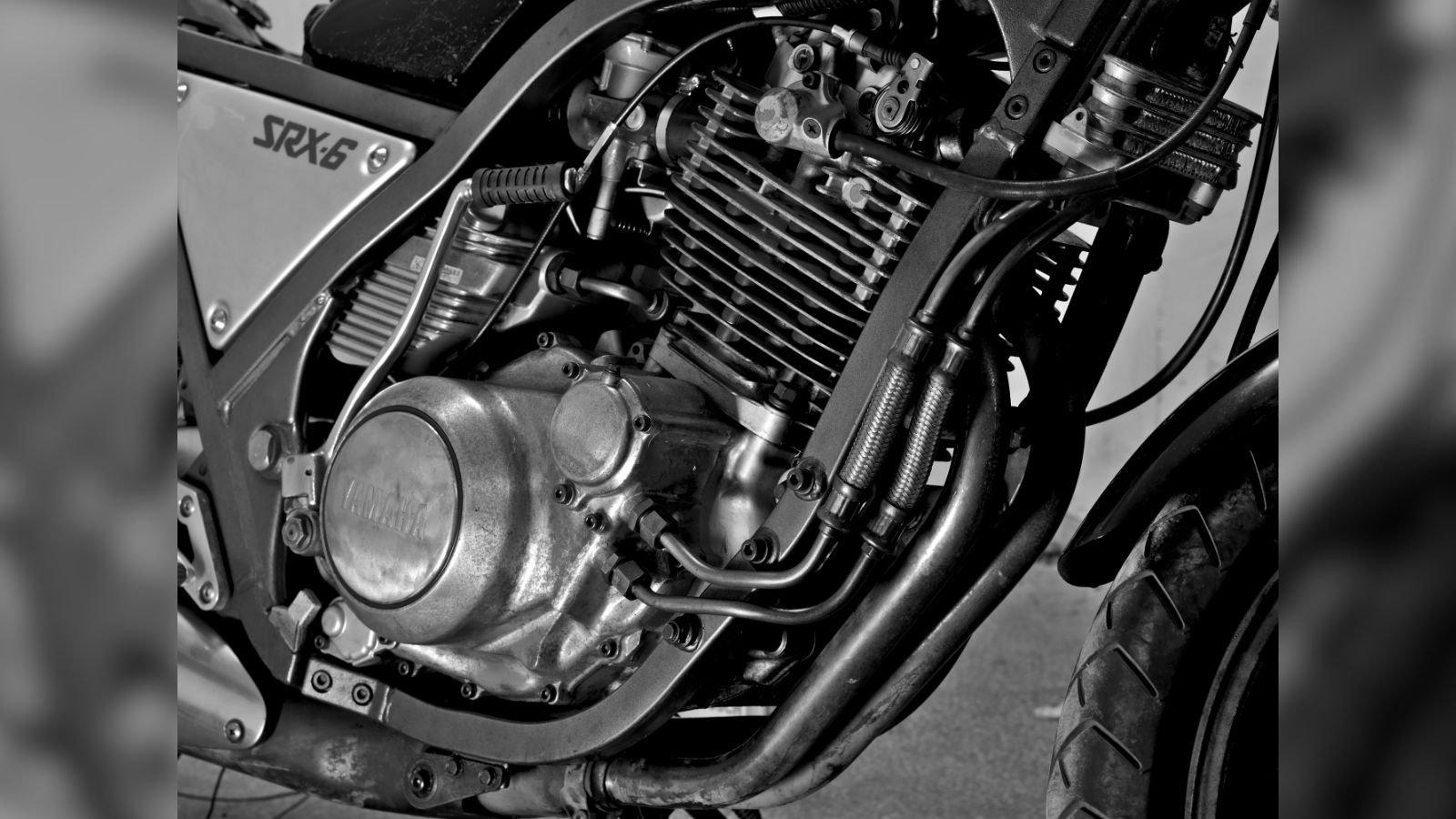
The purest form of motorcycle power. An air-cooled single is cheap to build, easy to repair, and light enough for off-road fun. The trade-off is vibration — lots of it. The narrow powerband means they feel wheezy on the highway, though they excel in simplicity. Think of the Honda XR650L or Royal Enfield Bullet 350. Both are lovable workhorses, but you will not be bragging about quarter-mile times.
13. Parallel-Twin 360-Degree Crank
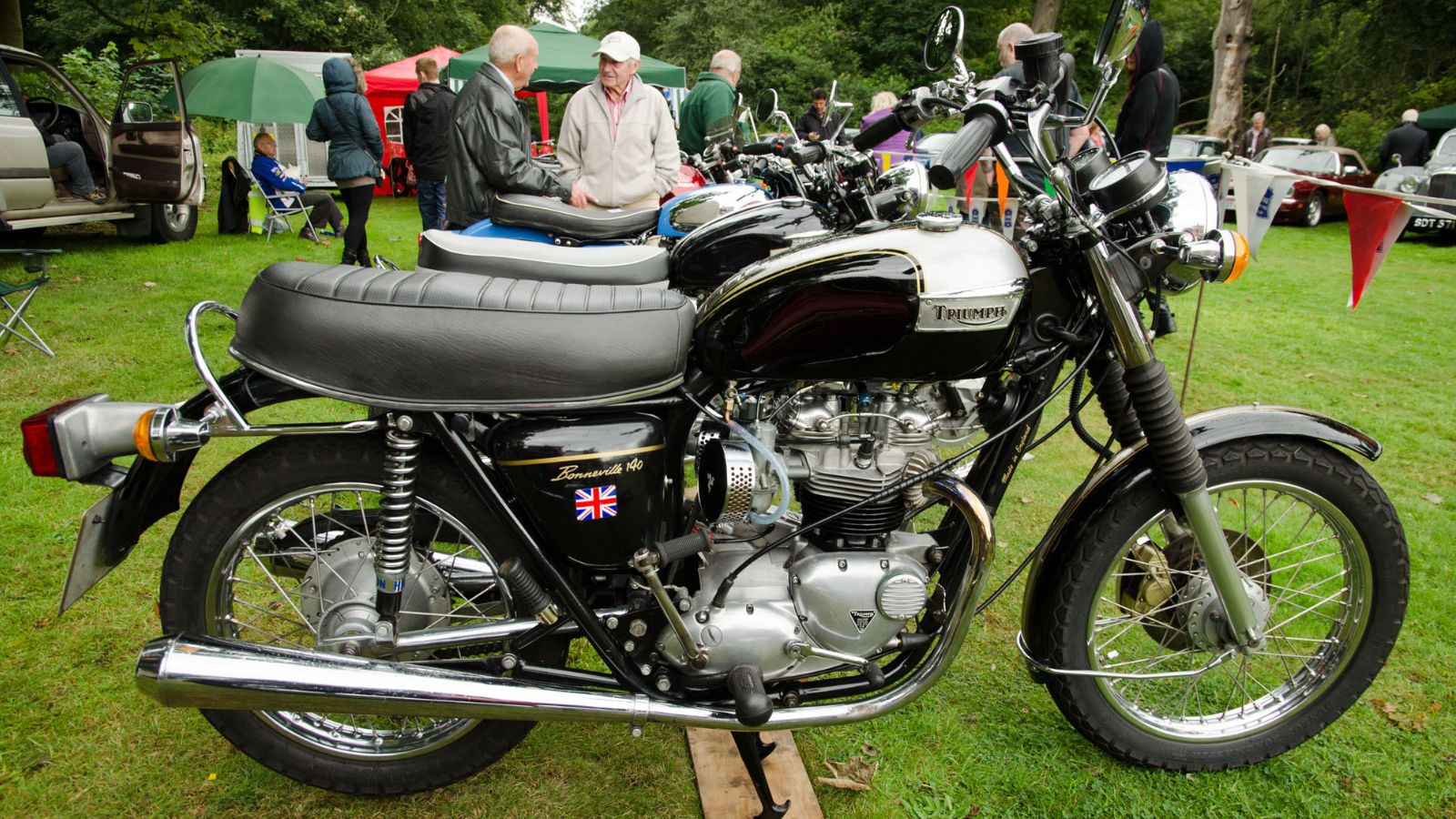
Old British charm with all the mechanical shake. This design fires both pistons together, giving it that iconic exhaust note and thumping feel but also introducing a lot of vibration. It is charming in a 1970s Triumph Bonneville T140 sort of way, but modern riders used to smoother machines might not be fans. Fantastic for nostalgia, less so for long-distance comfort.
12. Flat Single

A quirky and rare engine layout, the flat single keeps weight low and handling nimble, but sacrifices smoothness. BMW experimented with it in the pre-war R39, and while it handled brilliantly for its time, the format never became mainstream. Today it’s more of an engineering curiosity than a serious contender.
11. Inline-Four Air-Cooled
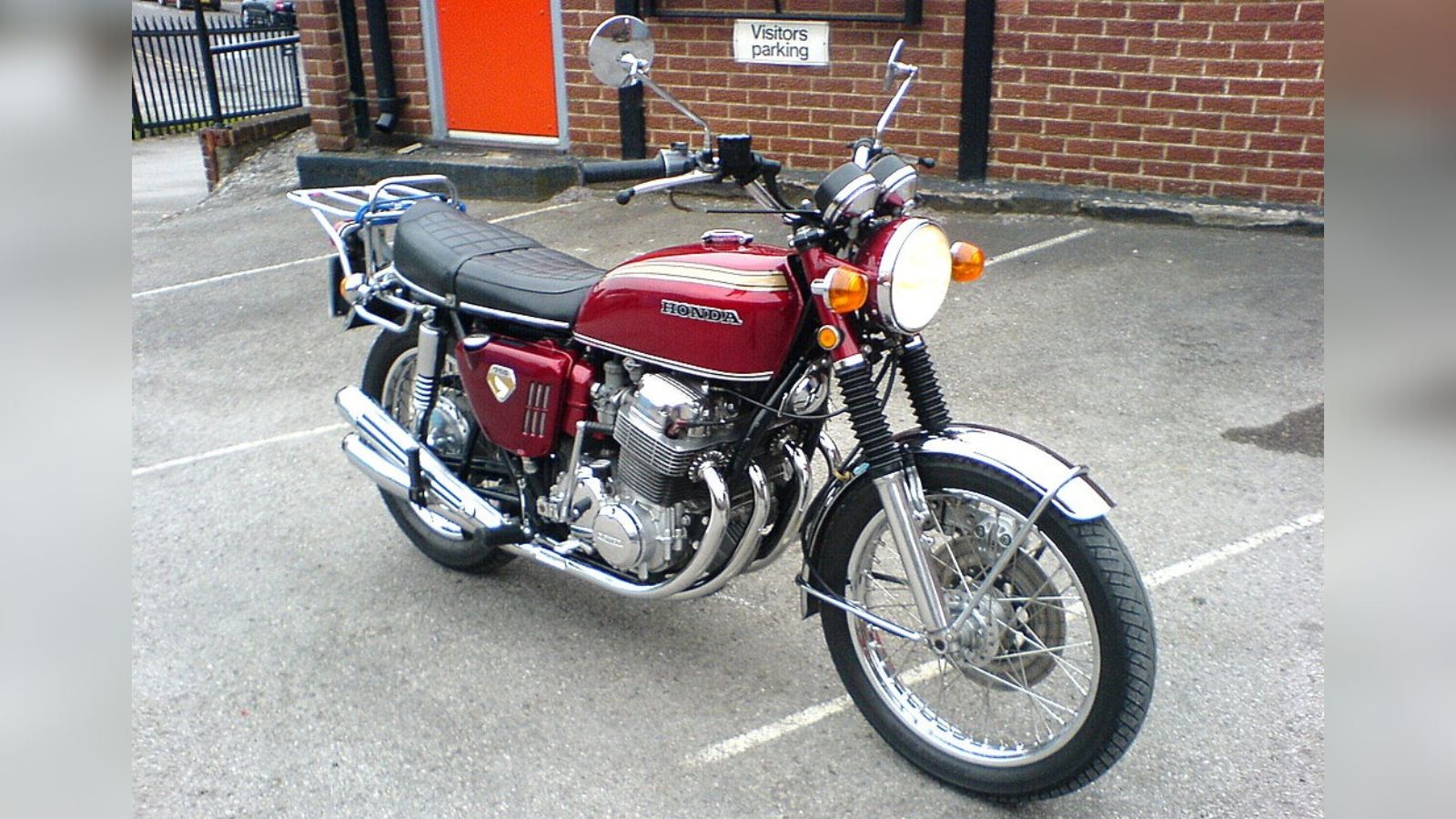
The Honda CB750 redefined motorcycling in 1969, putting smooth four-cylinder performance in the hands of everyday riders. Air-cooled inline-fours were kings of the 70s and 80s, but they ran hot under hard use and demanded careful maintenance to stay healthy. They’re full of soul and mechanical presence but lack the thermal control of modern liquid-cooling.
10. Inline-Triple Air-Cooled
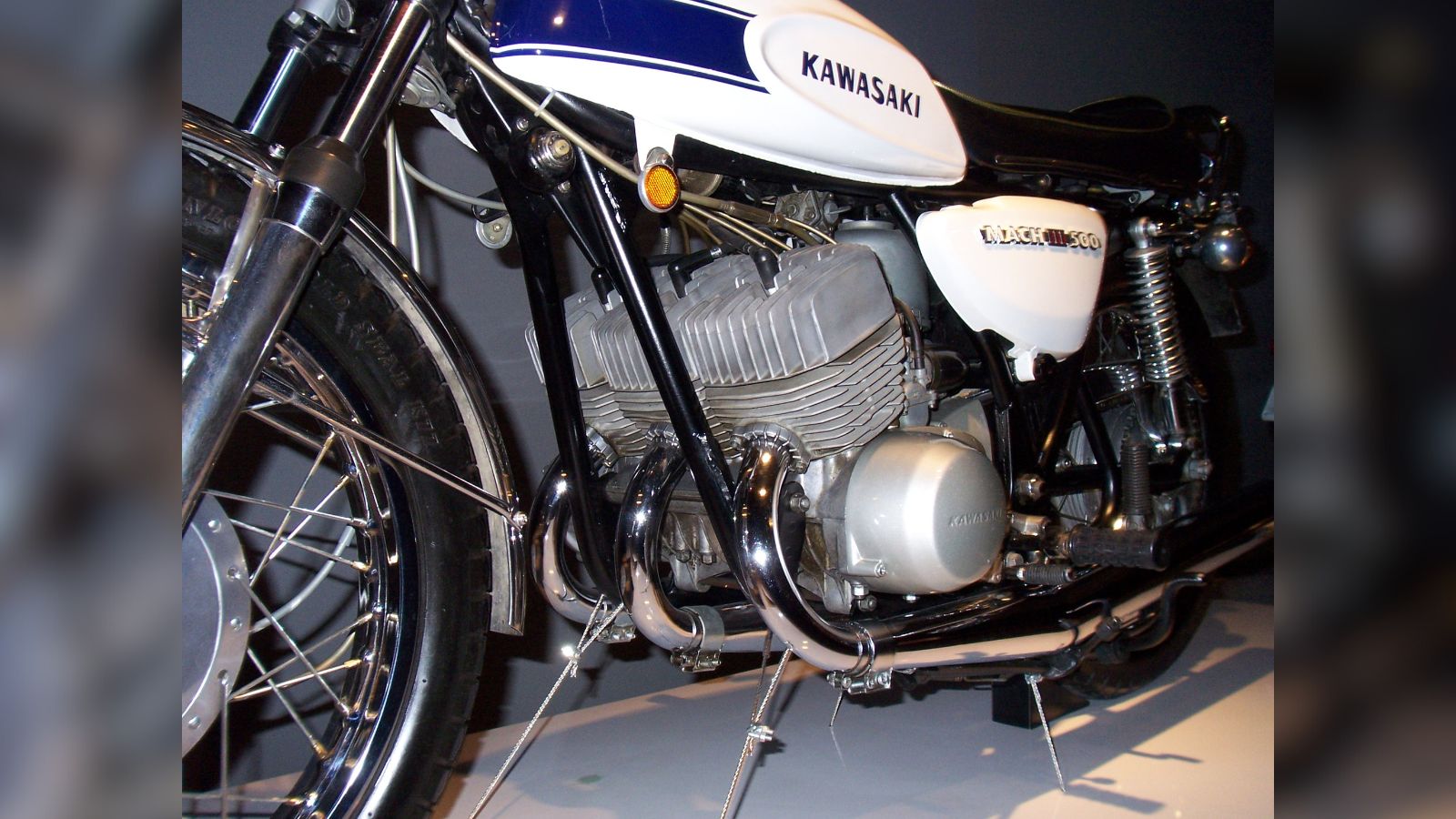
Kawasaki’s H1 Mach III and H2 Mach IV were notorious for insane acceleration and terrifying handling. Air-cooled triples offered a wonderful exhaust note and unique power delivery, but with less refinement and more vibration than their liquid-cooled successors. They were fun… if you survived the ride.
9. Flat-Six
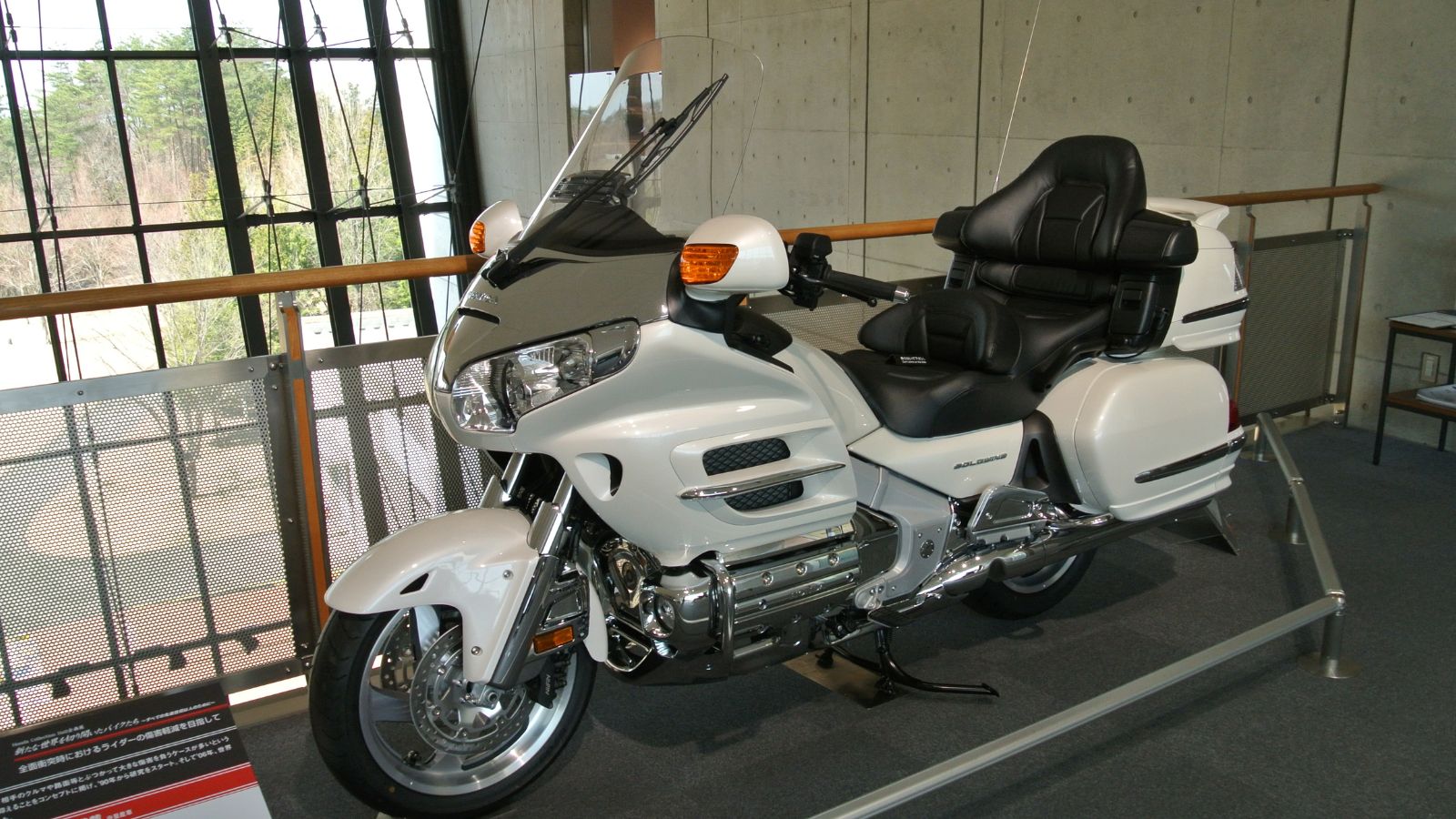
Honda’s Gold Wing GL1800 made the flat-six legendary in touring circles. Incredibly smooth, with turbine-like torque delivery, it makes even 900-pound touring rigs feel effortless to ride. It is heavy, but that’s a small price for an engine that can comfortably cross continents without breaking a sweat.
8. Two-Stroke V-Four

If you grew up in the 80s and loved racing, bikes like the Yamaha RD500LC or Suzuki RG500 Gamma were the ultimate dream machines. These engines screamed to the redline with razor-sharp throttle response, but they demanded constant care. One missed gear or a slightly off carb setting could seize an engine. Glorious, but high-maintenance lovers only.
7. Boxer-Twin Air-Cooled
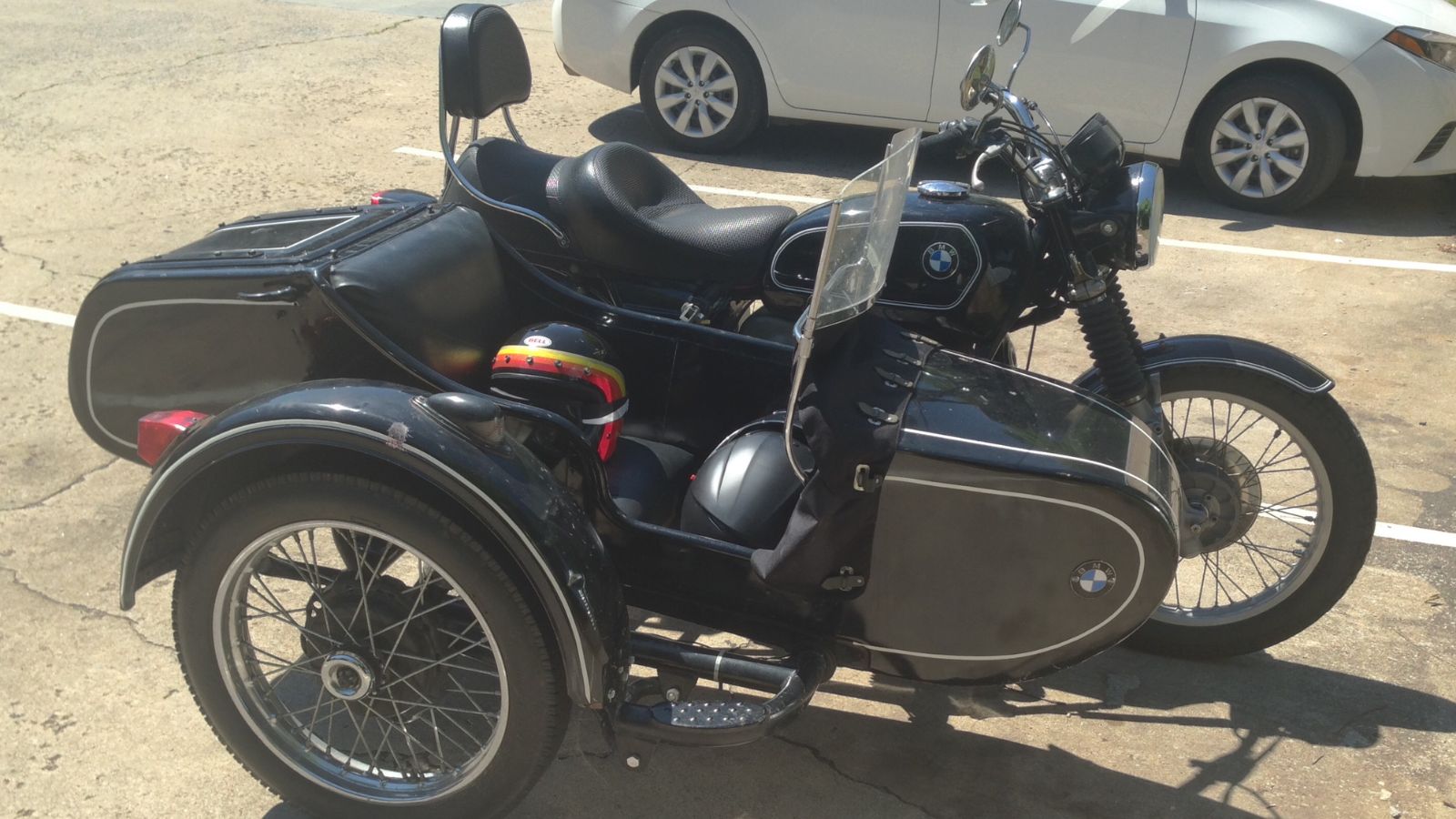
BMW’s R-series twins, like the R90/6, made this design famous. Horizontally opposed pistons keep the center of gravity low, improving stability. They deliver a distinctive thump and are easy to work on, though they can be wide for lane-splitting. Fans swear by them for long-haul reliability, and they’ve got more personality than many modern designs.
6. Parallel-Twin 180-Degree Crank

A 180-degree crank smooths out some of the lumps of the 360 design and allows for higher revs, making bikes like the Honda CB500T and later Kawasaki EX500 much more commuter-friendly. Still, it does not have the raw charisma of a V-twin or the refinement of a triple.
5. Inline-Six
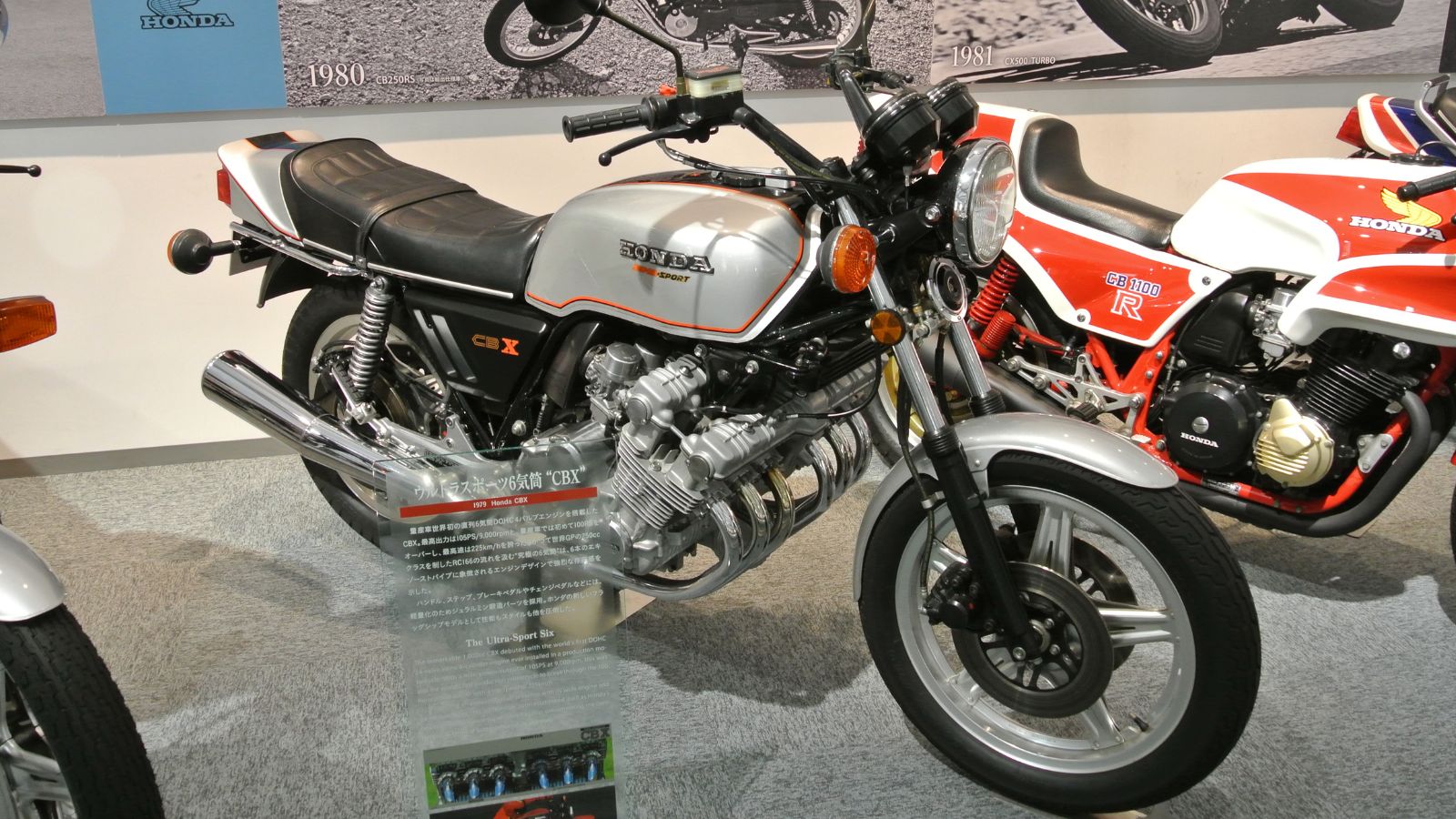
Rare and glorious, the inline-six is an engineering flex. Bikes like the Honda CBX1000 and BMW K1600GT offer unmatched smoothness and screaming top-end performance. The downside is bulk and complexity, but when you hear one at full song, you will not care.
4. Inline-Triple Liquid-Cooled
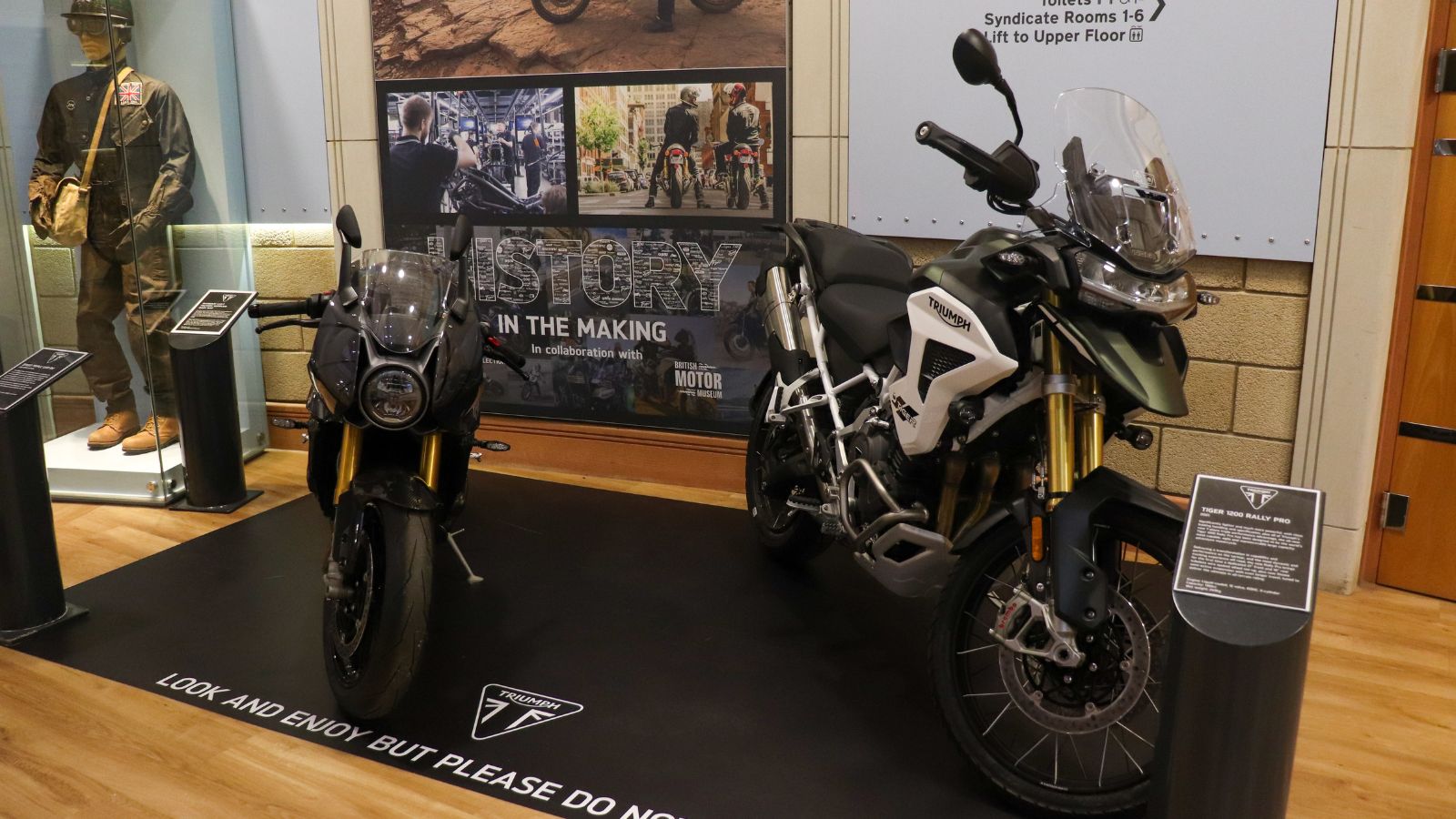
Triumph’s modern triples — from the Street Triple 765 to the Speed Triple 1200 — have proven this is one of the best all-round engine designs. They blend the torque of a twin with the top-end pull of a four, all while delivering a distinctive growl. They’re smooth, responsive, and rarely boring.
3. Inline-Four Liquid-Cooled
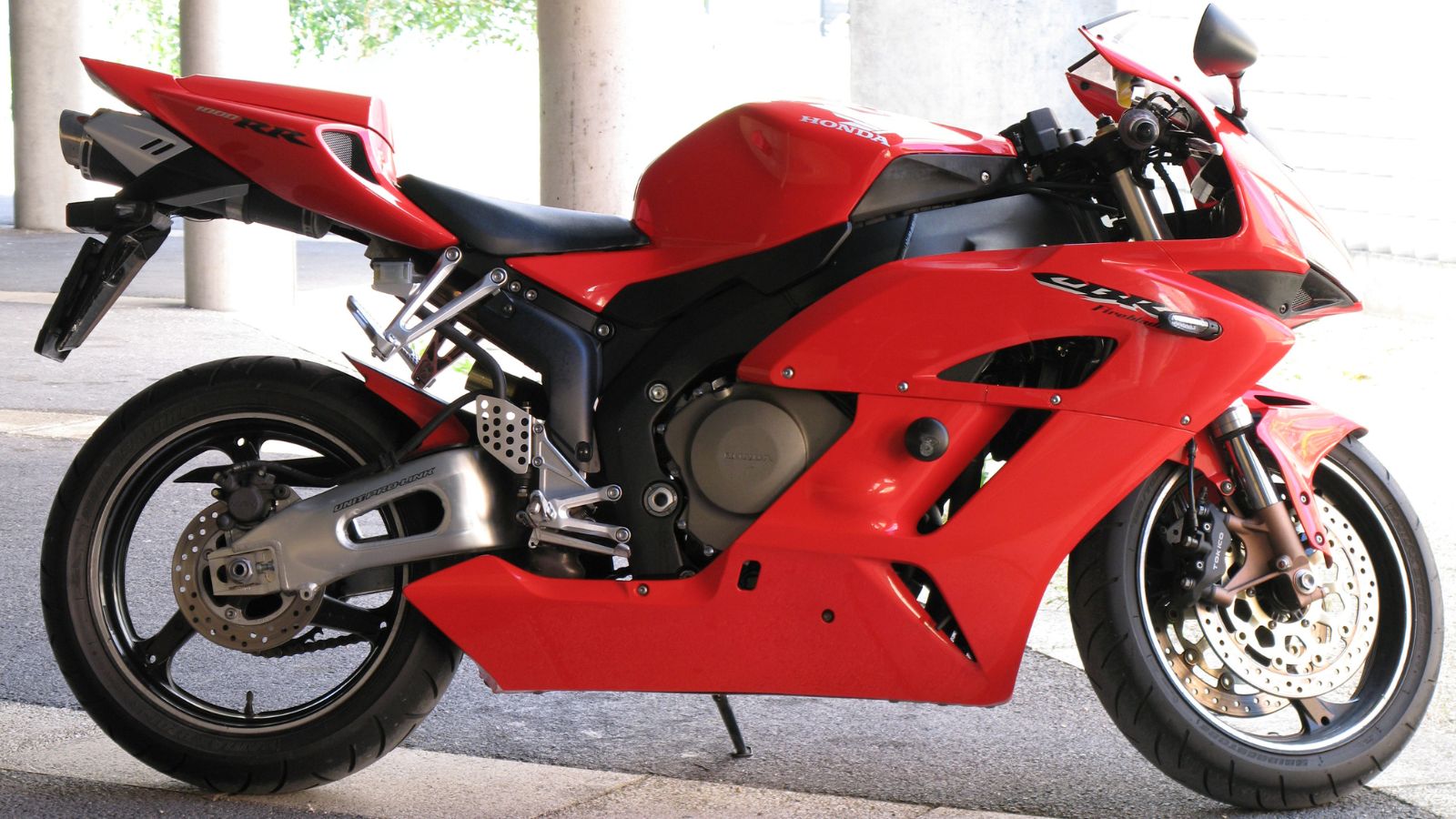
Modern sportbikes like the Yamaha R1 and Honda CBR1000RR owe their blistering speed and reliability to this setup. Smooth, powerful, and capable of both daily riding and track dominance, the liquid-cooled inline-four is the jack-of-all-trades of motorcycle engines. The only knock? It can be a little clinical compared to some more character-filled layouts.
2. L-Twin / V-Twin
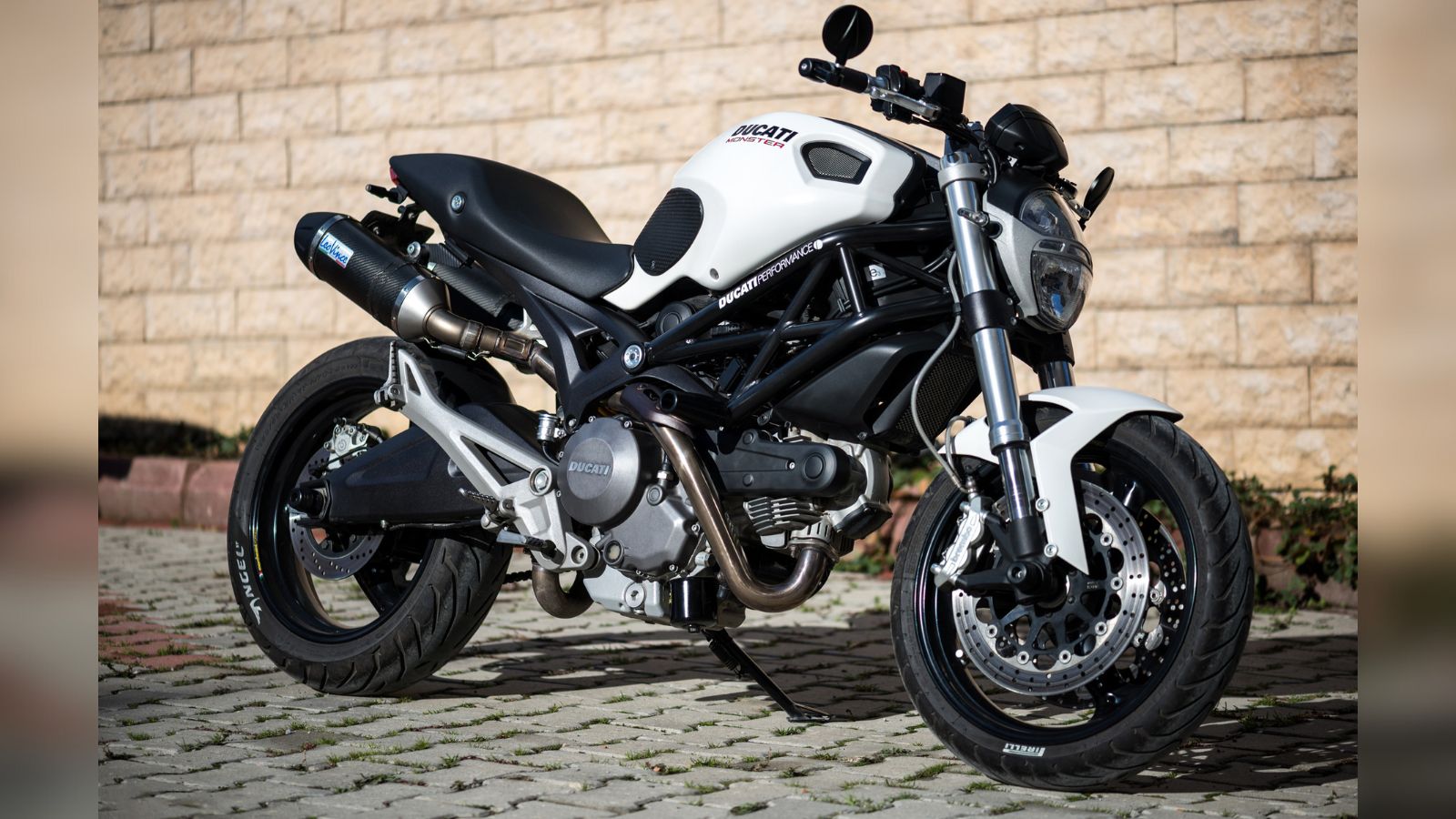
Ducati’s signature L-twin layout, found in everything from the Monster 696 to the Panigale V2, delivers big torque and a visceral feel. The 90-degree cylinder angle balances the engine without a counterbalancer, while the desmodromic valve system allows for high-revving performance. Outside Ducati, the V-twin has powered legends like the Suzuki SV650 and Harley-Davidson XR1200, blending character with flexibility. Maintenance can be pricey, but the payoff is pure mechanical soul.
1. V4
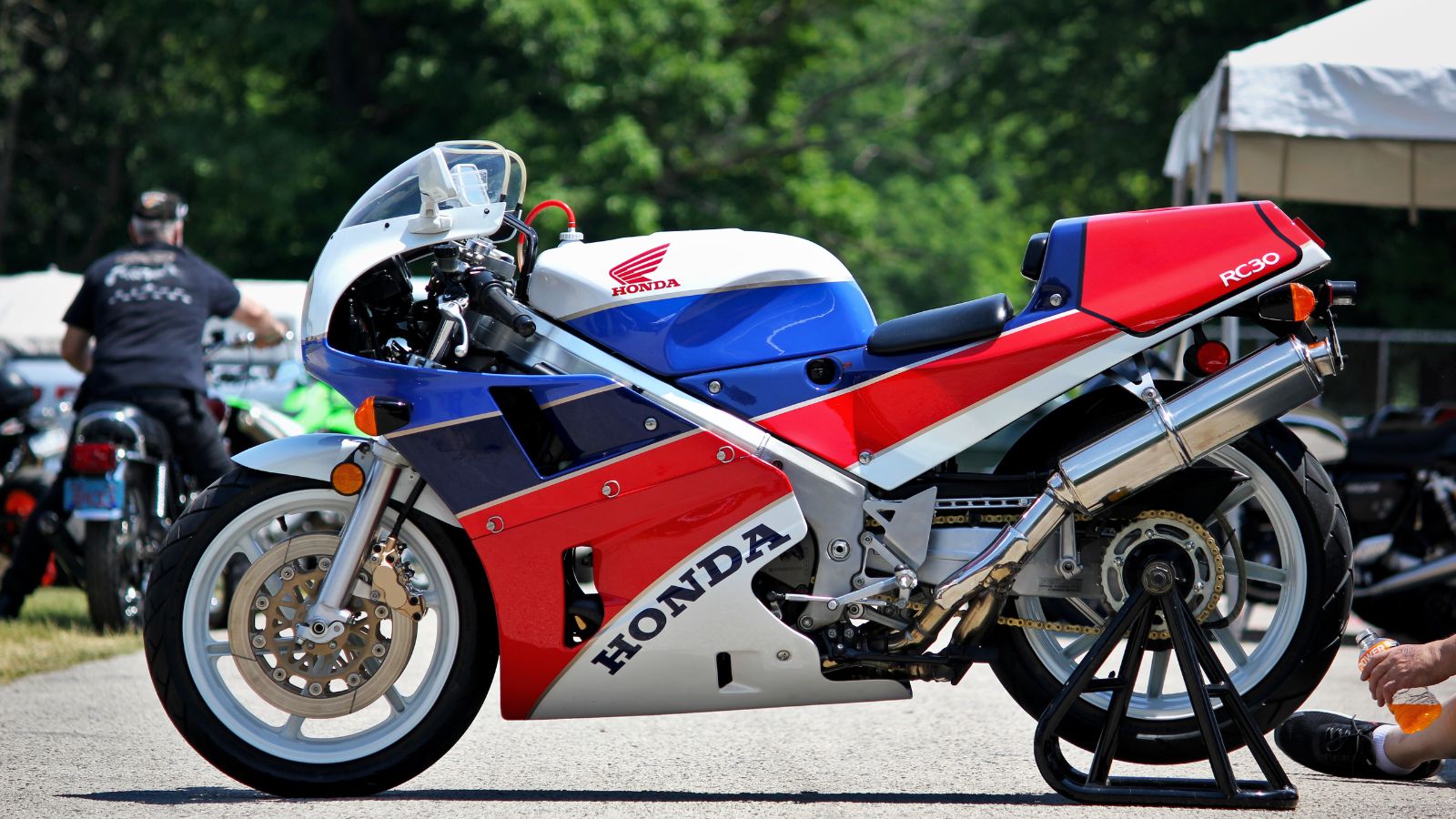
The undisputed champion. V4s combine the compactness of a twin with the smoothness of a four, delivering a soundtrack that ranges from a deep burble to a high-pitched wail. They dominate in MotoGP and superbike racing thanks to their perfect balance of torque, top-end, and mass centralization. Legends like the Honda RC30, Aprilia RSV4, and Honda VFR750F prove this is the pinnacle of motorcycle engine design.
25 Facts About Car Loans That Most Drivers Don’t Realize

Car loans are one of the most common ways people fund car purchases. Like any other kind of loan, car loans can have certain features that can be regarded as an advantage or a disadvantage to the borrower. Understanding all essential facts about car loans and how they work to ensure that you get the best deal for your financial situation is essential. Here are 25 shocking facts about car loans that most drivers don’t realize:
25 Facts About Car Loans That Most Drivers Don’t Realize
